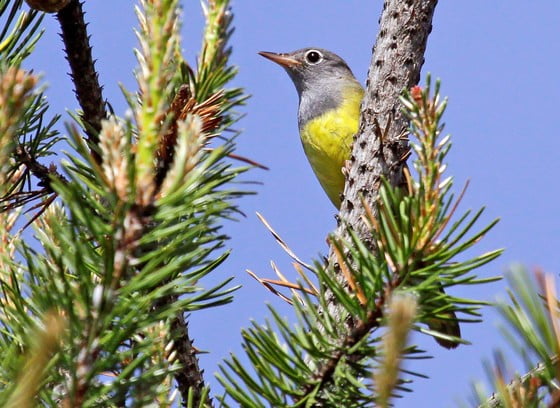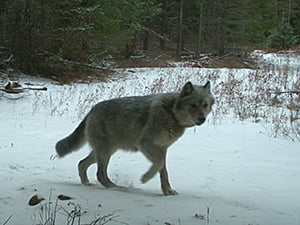
The Minnesota Department of Natural Resources has confirmed the first two cases of a midge-borne virus called epizootic hemorrhagic disease (EHD) in wild white-tailed deer in Minnesota. EHD is a viral disease that is spread by a biting insect called a midge.
“All of our neighboring states have been dealing with EHD for years,” said Lou Cornicelli, DNR wildlife research manager. “So it was always a question of when it would show up in Minnesota.”
The DNR suspects several deer in the St. Stephen area have recently died from EHD. Tests from two of the deer were positive for EHD; other deer were too decomposed to test. The outbreak is limited to Stearns County. The disease incubates for 5-10 days, and most infected deer die within 36 hours of exhibiting symptoms.
“EHD is both naturally occurring and seasonal,” Cornicelli said. “Given our cold temperatures, we can expect to see a shortened period of infection as frost will kill both the virus and midge that carries it.”
The Minnesota Board of Animal Health confirmed EHD in two captive deer in Houston County on Sept. 5. Those cases appear unrelated to the Stearns County case. The disease first appeared in Minnesota captive deer in October 2018, when BAH confirmed it in six deer on a Goodhue County farm.
Wisconsin, Nebraska, Iowa, Illinois, Michigan and Ohio report EHD mortalities almost every year. In some cases, the disease can dramatically reduce a local deer population in the short-term but has a relatively small impact on the overall deer population. Iowa is experiencing an outbreak this year that has killed several hundred deer in the south-central part of the state.
Finding multiple dead deer near a water source is typical of an EHD die-off. Fever drives the animals to seek water, but they die from internal lesions and hemorrhages.
People who find a dead deer should report it to the nearest DNR area wildlife office. Contact information for each office is listed on the DNR website.
EHD is not a threat to humans or animals outside the deer family. Even so, people should not consume deer that appear to be sick or in poor health.
Additional information about EHD is available on the DNR website.

